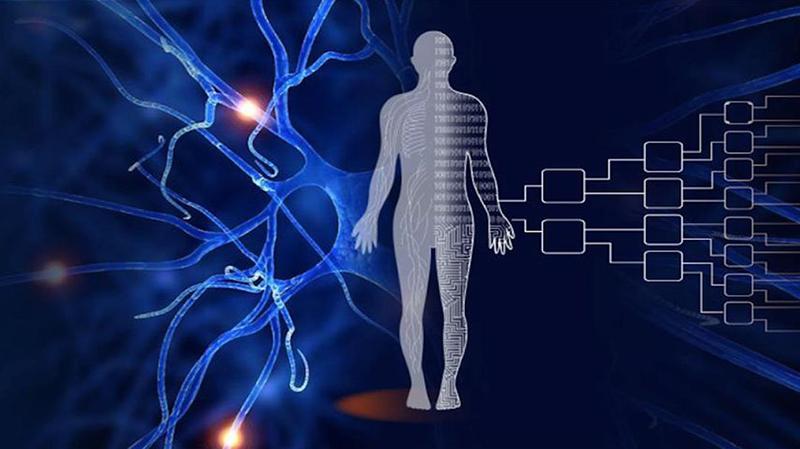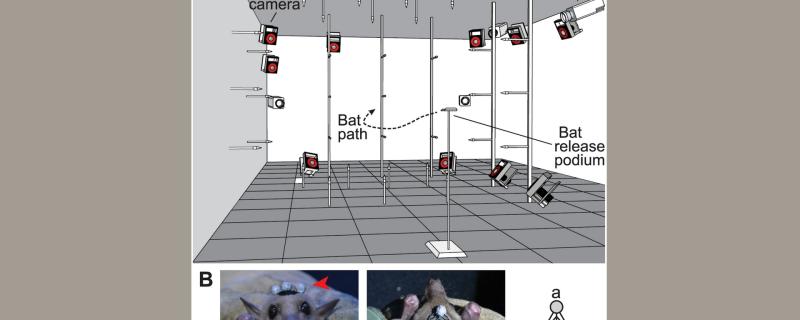Scientists from the Indian Institute of Technology, Kanpur, devise a new method to make chemotherapy safer and easier with the help of liposomes.
Archives
A new study by scientists at Council for Scientific and Industrial Research (CSIR) - Institute of Genomics and Integrative Biology and All India Institute of Medical Sciences in New Delhi have identified the potential role of two genes--ARID1A and KAT2B in the development of obesity.
Bats use high frequency sounds waves to echolocate their food. While most bats move their heads, nose, ears or mouth to change the direction of the sound waves they produce, Egyptian fruit bats do so without any visible movements in their head or body. Scientists from IISER Pune and University of Washington, USA, Johns Hopkins University, USA explore how they pull off this feat.
Using space-borne remote sensing instruments, scientists from Indian Institute of Technology Bombay (IITB) have detected evidence for hydrous and hydrated minerals on the Martian surface.
Indian Institute of Science (IISc), Bengaluru has for the third consecutive year, bagged the top rank in the National Institutional Ranking Framework (NIRF) which was announced by the Minister of Human Resource Development, Shri. Prakash Javadekar on 03 March 2018.
What is dark matter? Where and how does it exist? These are some of the questions scientists from the Raman Research Institute and Indian Institute of Science, Bangalore, have attempted to answer in their recent paper.
Our brain is a ballroom echoing with humming footsteps of exquisite dancers a.k.a 'brain waves'. Synchronised electrical pulses from neurons communicating with each other produce these brain waves that ricochet throughout the brain. They skillfully route information in a way that allows the brain to choose which signals should be considered vital.
Evolution has equipped us with ingenious stress responses (flight or fight), to maximise our chances of survival against life threatening threats. An adrenaline rush prompted by our brain during threats increases our blood pressure, heart rate and blood sugar levels enabling us to remain alert and respond to threat.
Silver nanoparticles are nanoparticles of silver whose size varies from 1 nm to 100 nm. They are commonly used in the manufacture of about 200 consumer products, including clothing and cosmetics.
Have you ever wondered how a tiny bacterium enters your body from the surroundings and causes havoc? A simple explanation could be that it enters your body when you take in the contaminated air or water or through contact. But, how exactly does it move around once inside the body, or even in air or water?










